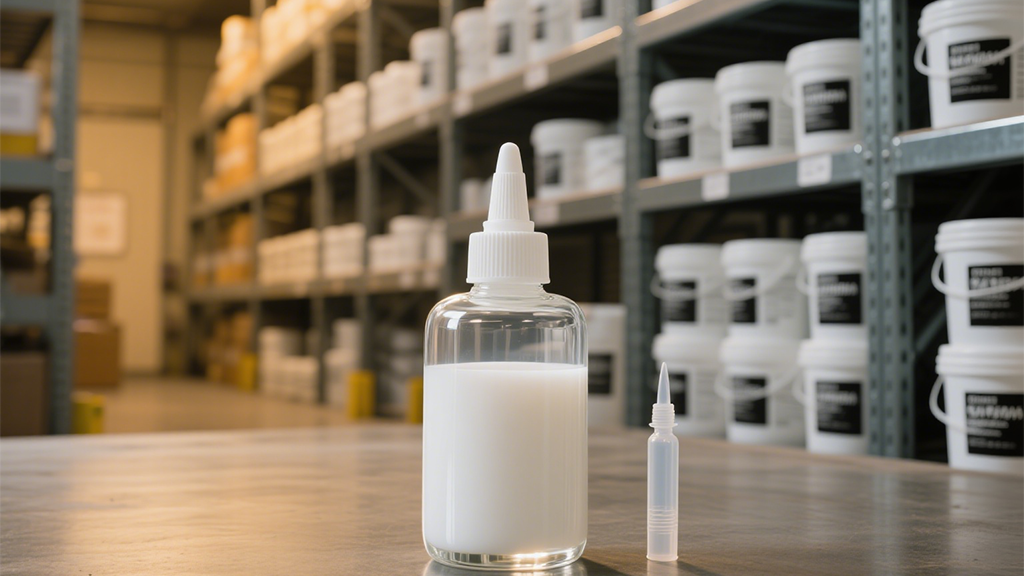수계 아크릴계 압력감응접착제(PSA)의 내열성은 자동차 엔진룸 부품, 전자기기 조립, 열풍밀봉 포장과 같은 용도에서 중요한데, 이는 수계 아크릴계 압력감응접착제가 고온(일반적으로 60°C에서 150°C까지)에 노출되었을 때 접착력, 응집력, 그리고 전반적인 성능을 유지할 수 있는 능력을 의미합니다. 고온은 접착제가 부드러워지게 만들어 전단 저항력이 감소하여 하중 하에서 미끄러짐이나 파손, 또는 화학적 열화현상이 발생할 수 있으며, 이는 접착력의 신뢰성을 저하시킬 수 있습니다. 내열성을 향상시키기 위해 제조자는 메틸메타크릴레이트(MMA), 이소보르닐 아크릴레이트와 같이 분자 구조가 단단한 내열성 모노머를 첨가하여 모노머 조성을 조절합니다. 이러한 모노머의 비율을 증가시키면 접착제의 유리전이온도(Tg)를 높여 열 안정성을 개선할 수 있습니다. 가교화 기술 또한 핵심적인 전략으로, 아지리딘, 이소시아네이트 또는 에폭시기 함유 모노머와 같은 가교제를 사용해 열에 노출되었을 때 흐르지 않는 3차원 고분자 구조를 형성하여 응집력을 향상시킵니다. 또한 제어 중합을 통해 제조된 고분자량 폴리머는 분자 사슬의 얽힘이 증가하여 고온에서의 전단 저항력을 향상시킵니다. 열 안정제(예: 방해 페놀, 포스파이트)를 첨가하여 열산화에 의해 생성된 자유 라디칼을 제거함으로써 고분자의 열화를 지연시킬 수 있습니다. 수소화된 송진 에스터나 합성 폴리테르펜과 같이 열 안정성이 높은 접착 보조제는 고온에서 부드러워지거나 분해될 수 있는 일반적인 접착 보조제를 대체할 수 있습니다. 시험 방법으로는 ASTM D3654 표준을 사용하여 목표 온도(예: 자동차 적용의 경우 120°C)에서 전단 유지력을 측정하고, 열 노후화 후 박리강도를 평가하며, 변색이나 흐름 여부를 확인합니다. 극한의 응용 분야에서는 세라믹 또는 금속계 충진제를 첨가하여 내열성을 더욱 향상시킬 수도 있습니다. 이러한 발전을 통해 수계 아크릴 PSA는 엔진룸, 전자기기 케이스, 산업용 오븐과 같은 고온 환경에서도 신뢰성 있는 접착력을 유지할 수 있어, 고온 산업 현장에서의 적용 범위를 넓히고 있습니다.
